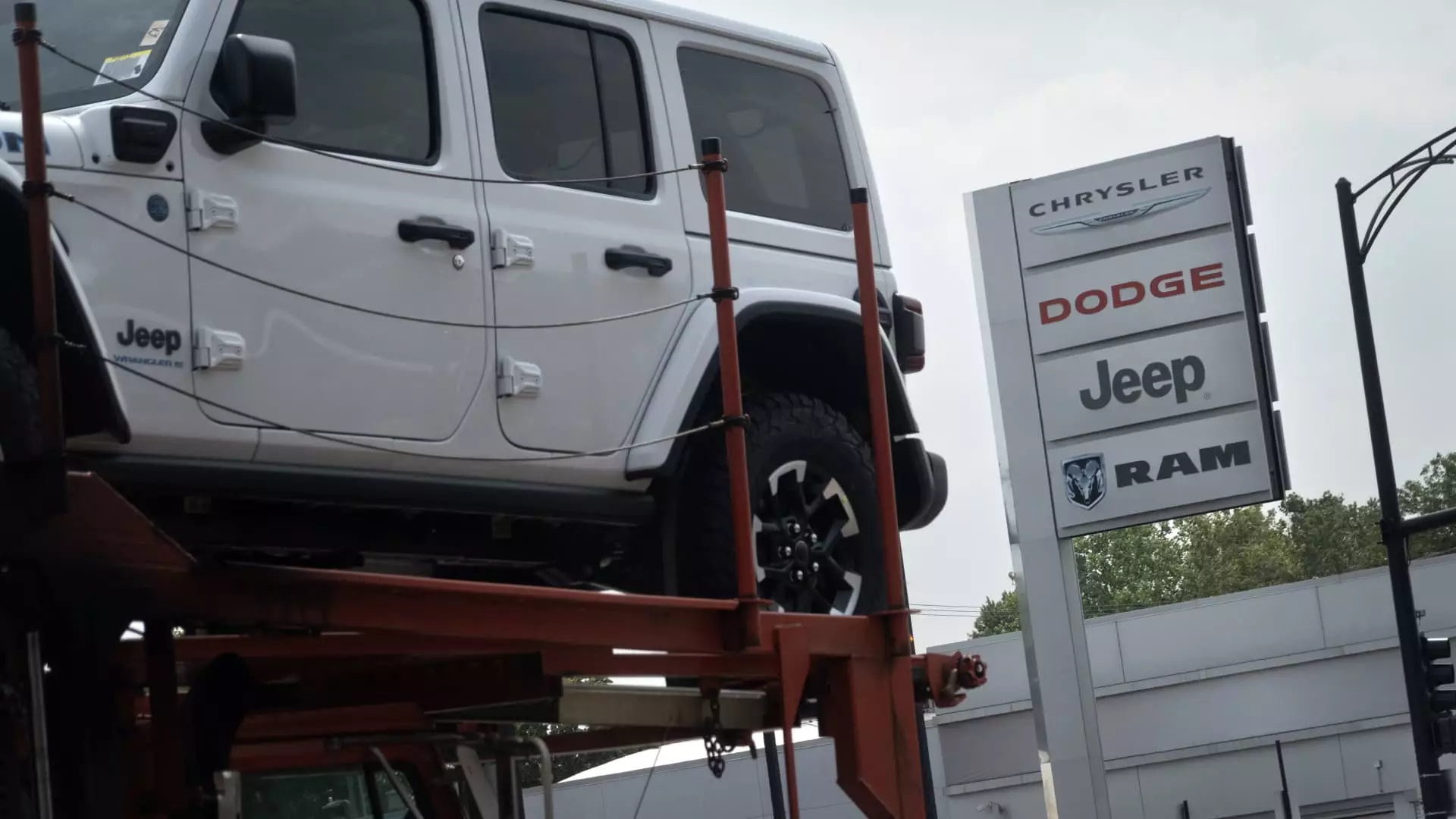As we enter the second half of 2023, the future of U.S. auto sales remains uncertain. While the first half of the year showed a modest increase of 2.9% compared to the previous year, there are growing concerns that this momentum may not be sustained. Factors such as increasing vehicle inventory levels and incentives, alongside economic uncertainty, fluctuating interest rates, and the upcoming U.S. presidential election, are casting a shadow over the industry‘s prospects for the remainder of the year.
One of the notable shifts in the auto industry is the source of growth in sales. Unlike in recent years where consumer sales were the primary driver of growth, the current increase is coming from commercial sales. This change in dynamics raises questions about the sustainability of the sector’s growth, as commercial sales may not be as profitable as consumer sales. Cox Automotive predicts a slowdown in sales growth in the next six months, with an estimated total of 15.7 million units – a mere 1.3% increase from the previous year.
While the current circumstances may benefit consumers who have been waiting to purchase a new vehicle, they pose significant challenges for automakers. The unprecedented supply of new vehicles and record prices during the pandemic have led to a surplus of inventory, putting pressure on automakers to maintain profitability. Wall Street analysts have expressed concerns about potential challenges in pricing and profit margins for automakers as they navigate through the uncertainties ahead. The shift in market dynamics may make recent sales successes difficult to replicate in the near future.
Looking at the performance of key players in the U.S. auto market, General Motors, Toyota Motor, and Honda Motor are expected to be the “winners” in terms of sales growth in the first half of the year. Cox Automotive predicts that Toyota may pose a significant challenge to GM’s position as the top-selling automaker in the U.S. if its growth trajectory continues. However, not all automakers have fared well in the current market conditions. Underperformers such as Tesla and Stellantis are facing sales declines, with Stellantis CEO acknowledging mistakes that have contributed to the company’s challenges in the U.S. market.
As we look ahead to the second half of 2023, the auto industry is bracing for a different landscape compared to the past few years. Rental, commercial, and leasing segments are showing signs of growth, while the retail share of the market is expected to decline. High levels of vehicle supply indicate a shift from a seller’s market to a more balanced market, leading to lower new vehicle grosses and potentially impacting dealer profitability. The industry will need to navigate these challenges and uncertainties to adapt to the evolving market conditions and consumer demands.

